Harry Supple and The Brooklyn Bridge
Newfoundlanders have never been strangers to danger. For generations, they earned their living on storm-tossed ships and shifting ice pans — climbing the rigging of schooners, hauling nets in freezing spray. It wasn’t just strength that kept them alive, but nerve, balance, and a steady foot when the deck pitched wildly beneath them.
So when cities like New York began reaching for the sky in the 1800s, it’s no surprise that Newfoundlanders took their skills, and joined the growing workforce. They became ironworkers and riggers, helping to stitch together the skeletons of the city’s skyscrapers and suspension bridges. In many ways, it wasn’t so different from life at sea — just as perilous, just as dependent on a sure foot — but now with pavement instead of water waiting below.
Few faced that danger of the skyline with as much courage and determination as 25-year-old Harry Supple of St. John’s, Newfoundland.
Building the Brooklyn Bridge
Brooklyn Bridge, ca. 1905. George Eastman Museum, public domain. Edited
The Brooklyn Bridge is an iconic span of stone and steel crossing New York City’s East River, connecting Manhattan and Brooklyn. When it opened in 1883, it was the longest suspension bridge in the world, with a main span nearly 500m and a deck rising 40m above the water. It consists of two 85m tall central towers, and two 24m high shore-based anchorages.
But in the summer of 1876, the bridge was still unfinished. The towers and anchorages had been constructed, but the suspension system — the support for everything that would follow — was yet to be constructed.
Understandably, there was fear about moving forward. Much of the work that would follow would require men to hang from cables high above the city and river. If the cables failed, the consequences would be fatal.
To calm nerves and prove it could be done, Assistant Engineer Edwin Farrington volunteered to go first. On August 25, 1876, he boarded a bosun’s chair — a simple wooden seat hanging from the wire — and glided across the East River, waving his hat to the crowd below. He became the first person to cross the river by way of the still-unfinished Brooklyn Bridge.
With the safety of the cable and apparatus proven, the real work could begin.
And in the middle of it was Newfoundlander Harry Supple.
Construction of Brooklyn Bridge, Brooklyn Museum, No restrictions, via Wikimedia Commons. Edited.
Harry Supple
Harry Supple was the foreman of a team of riggers and, on August 26 — one day after Farrington — Harry Supple became the second man to cross the bridge. His task was more technical than Farrington’s, and more risky — he had to move along the cable and cut the ties that were holding a second traveler rope in place. It was delicate, dangerous work, carried out a high above the ground, with only a rope and his own balance to rely on.
This is not the Brooklyn Bridge but it shows s bosun’s chair in action. Crew in bosun's chairs prepping to cut cable from grapnel, 1924. Edited. University of Washington, Public domain, via Wikimedia Commons.
In front of a crowd of onlookers, he climbed to the top of the New York tower and boarded a bosun’s chair. Then, with a push, he was off.
Too fast.
He shot away from the tower and jolted to a sudden stop. The chair bucked and trembled in the wind, dangling high above the docks below. On shore, the crowd gasped. One wrong movement, and that could have been the end of it.
But Supple didn’t panic. He waited. Let the wind settle. Then, slowly, he inched forward again.
It took eleven minutes to cut the ties and complete the crossing. That whole time, he was hundreds of feet in the air, swaying above the river on a wire no wider than his thumb, nothing between him and the water but open sky.
When he finally stepped down at the Manhattan anchorage, the crowd that had gathered let out a cheer of admiration. They’d just watched a young man do something few would dare.
As far as Supple was concerned, he had a job to do, and he’d done it. Like so many who came from places where the wind and weather don’t give second chances, its wasn’t about recognition; it was about getting the job done, and living to tell the tale.
Heroism on a High Wire
Brooklyn Bridge, ca. 1905. George Eastman Museum, public domain. Edited
The next man out on the wire wasn’t as lucky as Supple. Thomas Carroll, an Englishman, had just begun his crossing from the New York tower when the pulley block on his bosun’s chair seized up — jamming about 15m from the tower, high above the river. He was stuck, dangling in mid-air with no way forward and no way back.
The crew on the tower tried to haul him in, but the line held firm. They tried sending out a rope, but that failed too.
“I’ll reach him,” Supple said.
He fastened a rope around his waist, tossed a second line over the main cable, wrapped it around his body, and slipped down the wire.
There was nothing holding him but his own strength and nerve.
When Supple reached Carroll, he passed him the rescue line, then slung his own legs over the cable and climbed back up to the tower.
There was no safety net, no second chance. Just a steel cable over the East River and a man determined to help a fellow worker.
He made it back — no worse for wear.
One newspaper later wrote that Supple had “incurred more risk than any man who thus far has done anything noteworthy on the bridge.”
With feats like these, Supple quickly earned the respect of both his employers and the men who worked beside him. He was known as a skilled foreman — steady under pressure, and dependable in dangerous situations.
But for all his skill, the danger eventually caught up with him.
Tragedy on the Bridge
On June 14, 1878, disaster struck.
Without warning, one of the bridge’s steel cable snapped. The sound echoed through the city like cannon fire. It recoiled through the air, whipping across the skyline like a massive, uncoiled spring. It tore through telegraph poles and shattered a chimney before crashing into the East River with a blast of white spray.
For a moment, no one moved — it happened so quickly they could hardly believe what they’d seen. That’s when someone noticed Supple was gone.
He had been standing beside Edwin Farrington atop one of the 24m granite anchorages when the cable struck him. The force launched him off the platform, throwing him into the street below.
Between the cable strike and the fall, he was greviously injured — his skull was fractured, and both arms were broken. He was rushed to the hospital, but the damage was too severe.
Harry died two hours later. He was just 26 years-old.
Remembering Harry Supple
Harry was laid to rest in Brooklyn’s Holy Cross Cemetery. His headstone bears a simple inscription:
Harry M. Supple
A Native of St. John's, Newfoundland
Killed on Brooklyn Bridge
June 14, 1878
Aged 26 years, 7 months
Erected by his mother
The headstone marks his resting place, but the real monument to Harry Supple still spans the East River — a bridge built not only with engineering brilliance, but with the bravery of men who risked their lives to raise it.
Though Supple didn’t live to see it finished, his name endures in nearly every account of its construction. He’s remembered not as a footnote, but as a foreman who led from the front — fearless, skilled, and among the first to stake his life on wires stretching high above the river.
His legacy isn’t carved in stone. It’s suspended in steel, written in the bridge he helped bring to life.
-
Construction of the Brooklyn Bridge Took 14 Years—And Multiple Lives, History.com
The Remarkable Feat of Henry Supple, Jr. Atlantic Guardian, June 1954
The Builders, The Great East River Bridge, 1883–1983
Art of the Brooklyn Bridge, A Visual History, Richard Haw, 2012
Supple’s Death, Public Ledger, July 26, 1878
Brooklyn Bridge, Wikipedia
Harry M. Supple, Find-A-Grave
40 Tonnes of Wire Alive, Harbor Grace Standard, July 13, 1878
Crossing Brooklyn Bridge, The Sun, NY, Aug 27, 1876
High Steel, Intangible Cultural Heritage
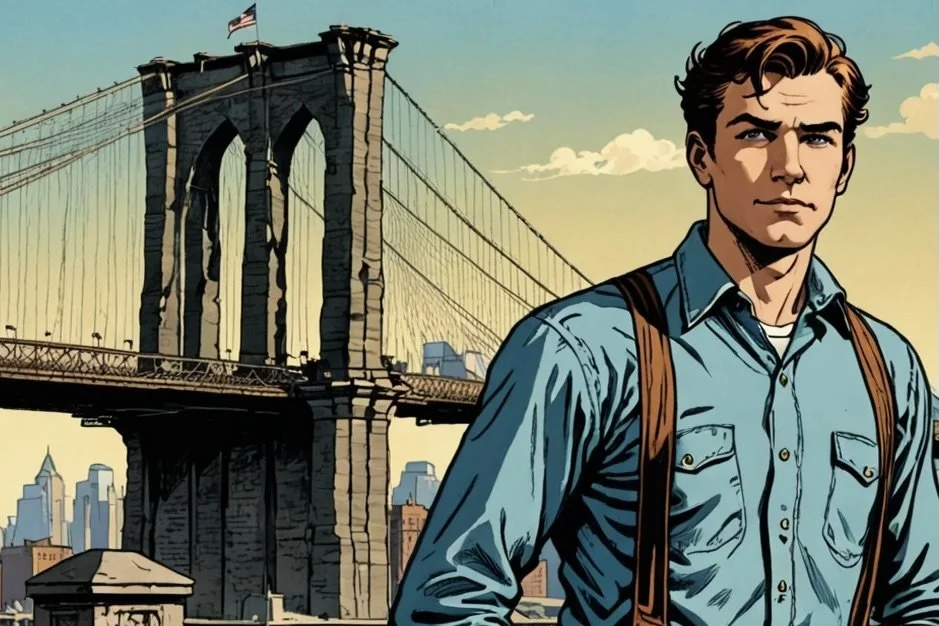
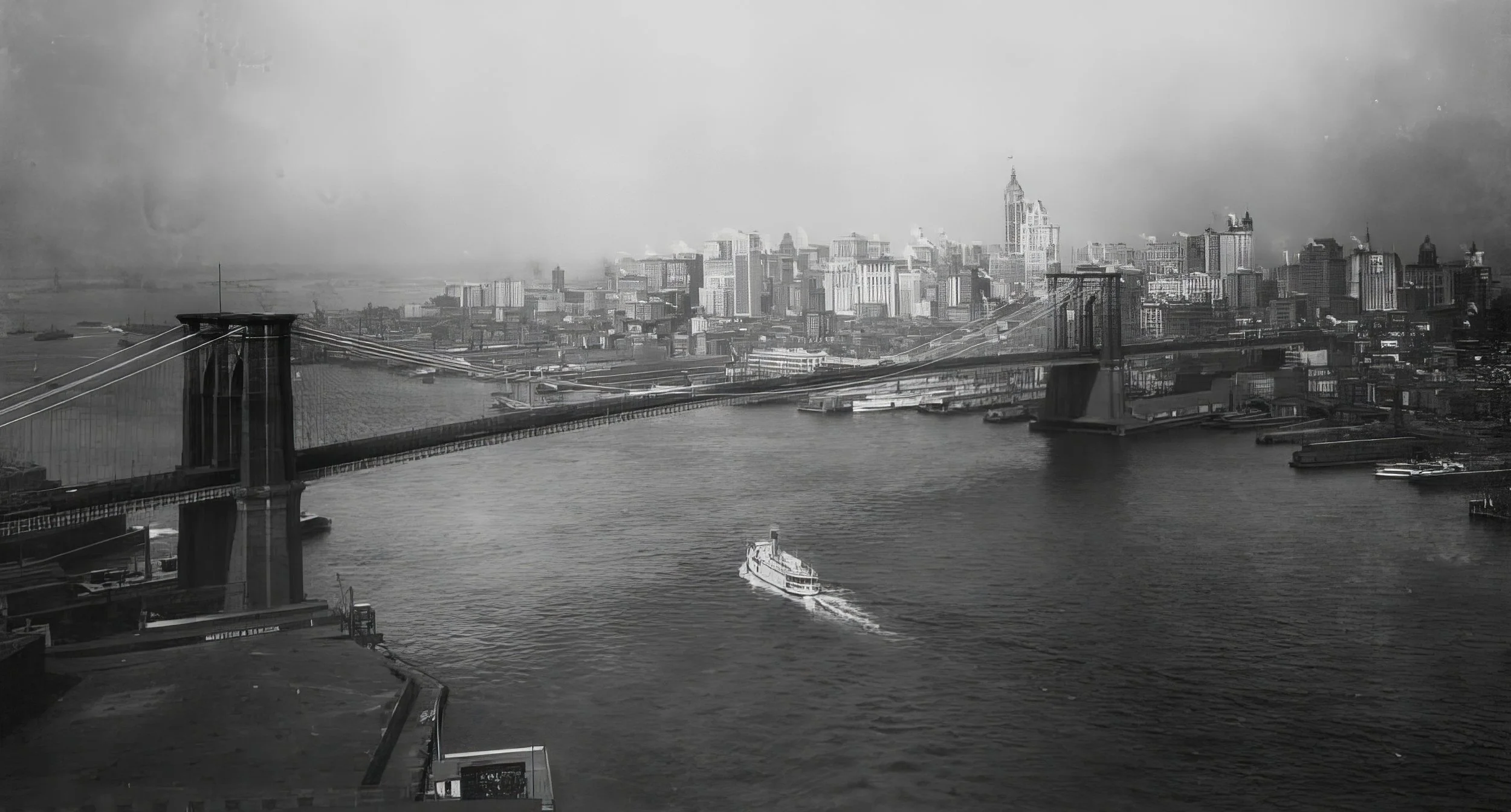
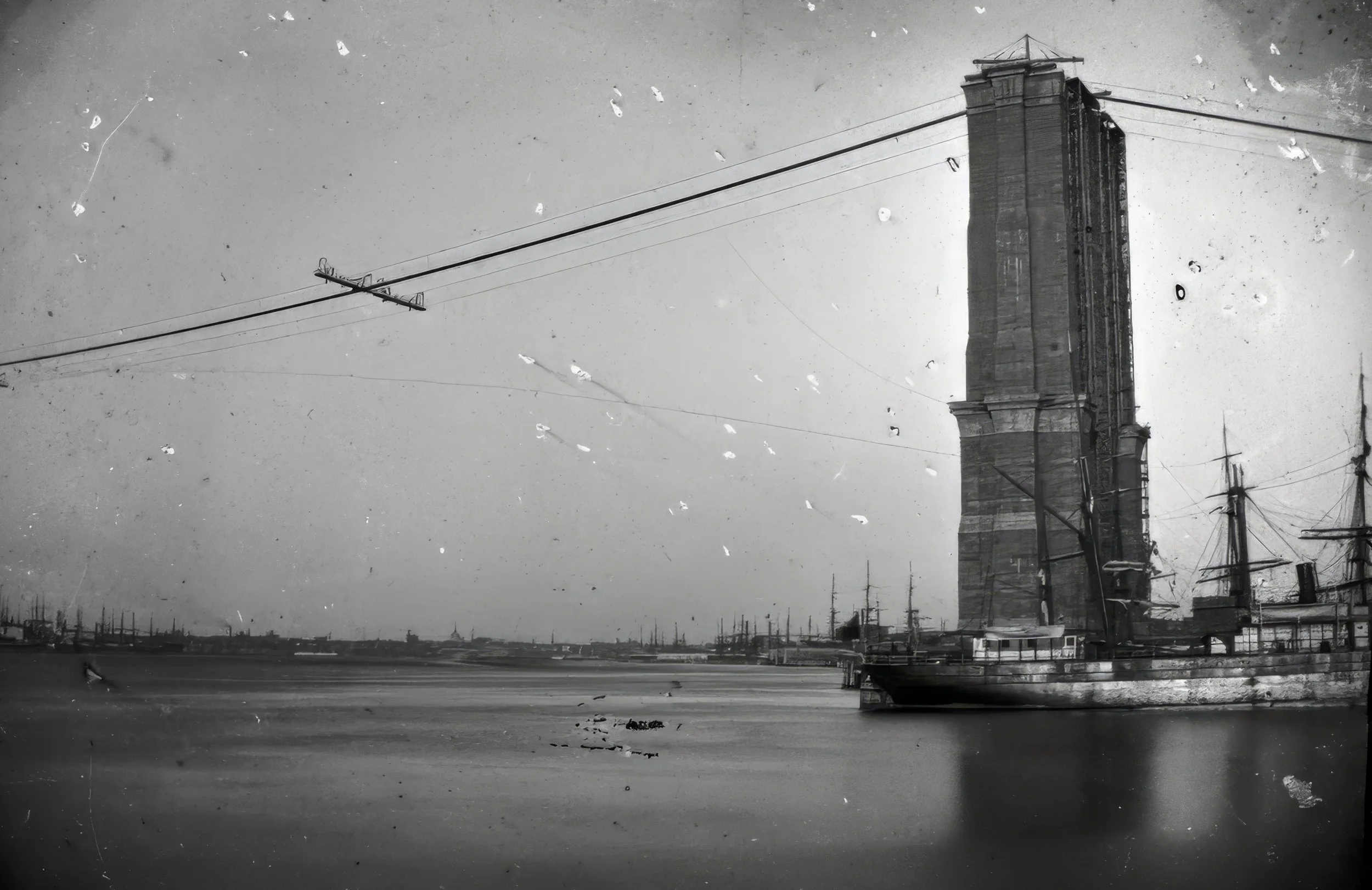
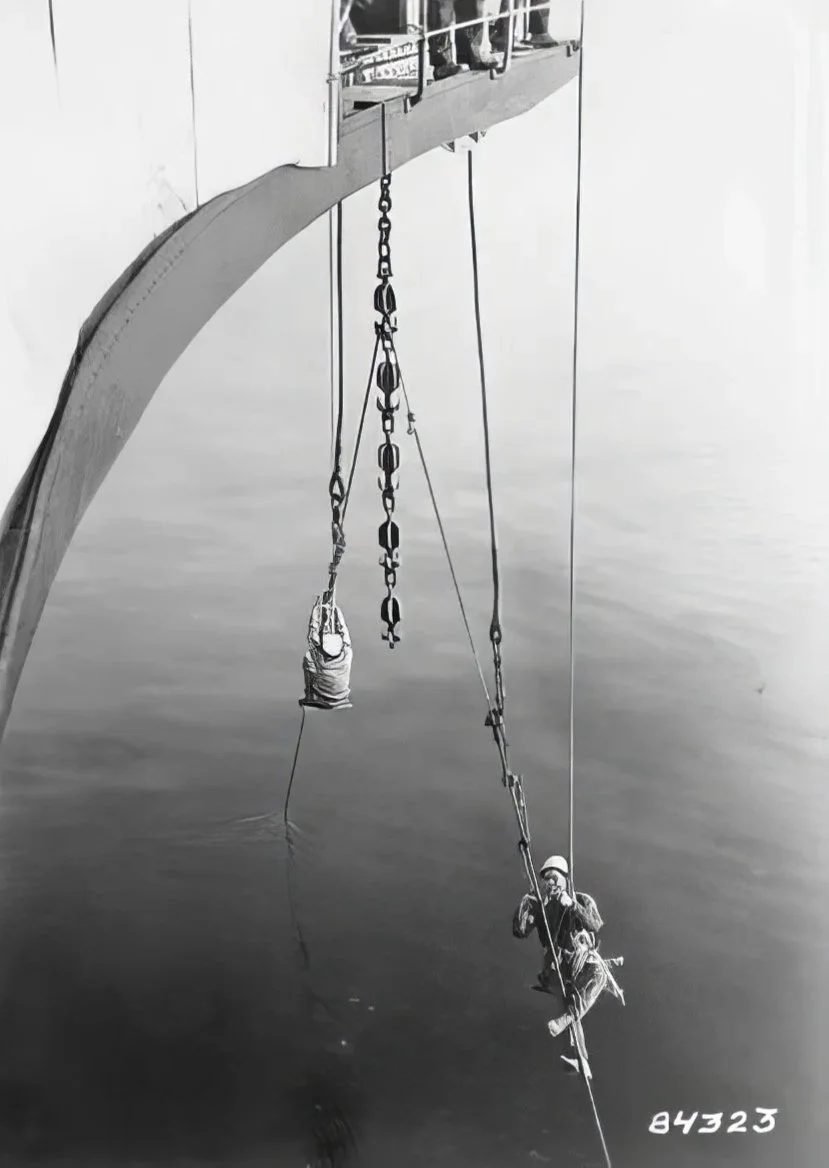
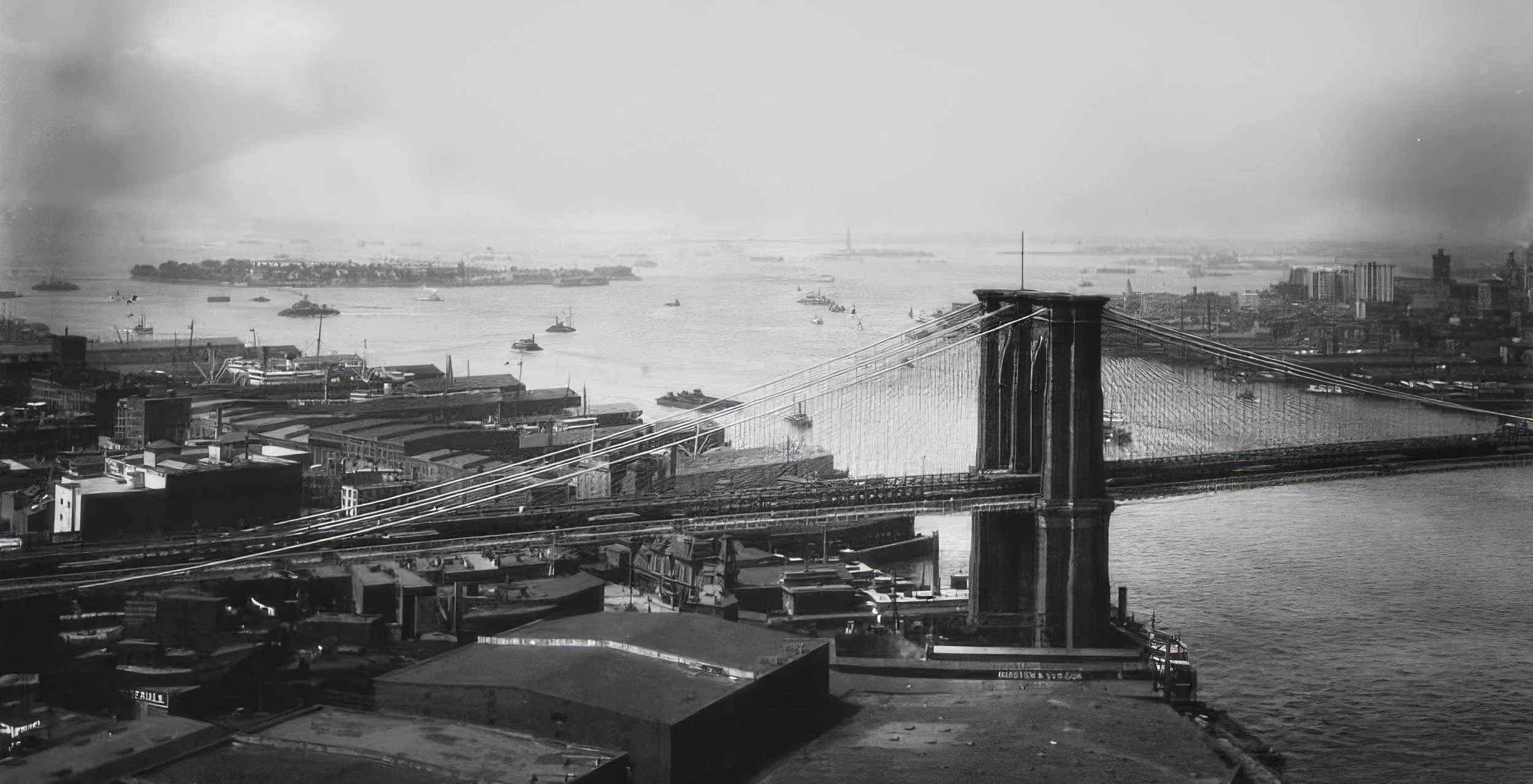


Long before vaccines were common, a doctor in Trinity, Newfoundland made history — and all it took was a vial and a friendship.